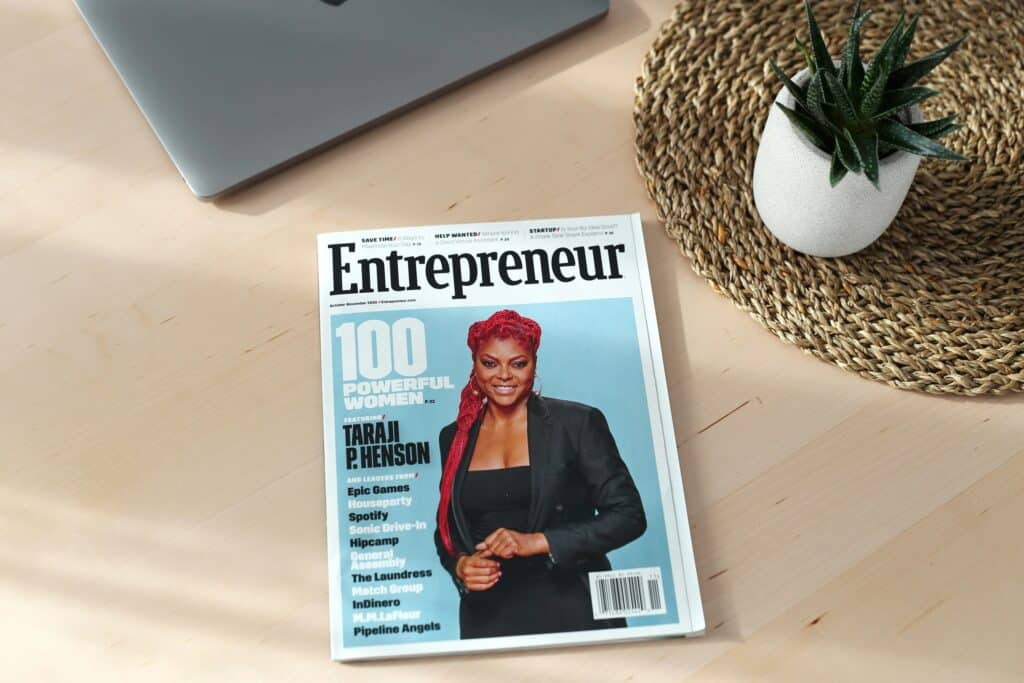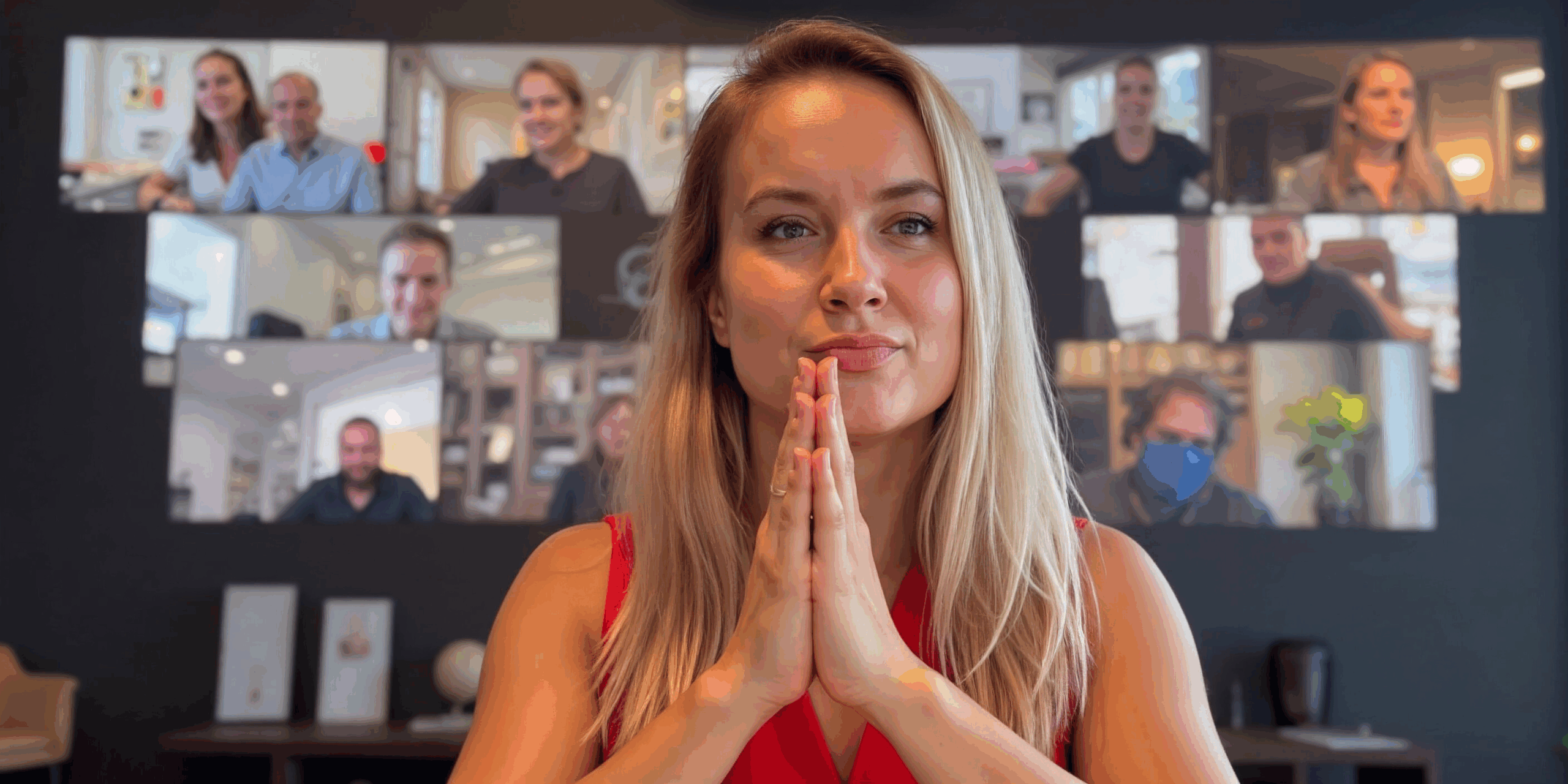Do you think confidence is about speaking loudly or walking tall? Think again. Real confidence goes beyond showing off. What’s far more important is how you carry yourself when no one is watching. What I learned from meeting top American entrepreneurs will make you rethink how you see yourself. Are you ready to find out what true confidence looks like?
Confidence isn’t born. It’s built.
When you meet people who’ve built global companies, you expect them to glow with certainty. But that’s not what I saw. Real entrepreneurs weren’t superheroes. They were human. Calm. Focused. Sometimes even a little shy.
What set them apart was one simple thing: they acted despite uncertainty. Confidence, I realized, wasn’t a natural trait. It was a skill.

The myth of effortless confidence
We often imagine confident people as flawless. Always sure of themselves. Always in control. That’s a lie. The most successful entrepreneurs I met told me about their failures, doubts, and sleepless nights. They just learned not to let fear make decisions for them.
- They spoke even when their voices shook.
- They launched ideas even when odds were low.
- They trusted themselves even when no one else did.
That’s confidence—not absence of fear, but mastery of it.
The patterns I saw everywhere
The more entrepreneurs I met – from Silicon Valley to small-town incubators – the more I noticed repeating habits. They didn’t brag. They built. They didn’t pretend. They prepared.

1. They practiced self-trust
They didn’t wait for approval. They acted first, adjusted later.
- They made fast decisions and stood by them.
- They admitted mistakes without shame.
- They treated self-doubt as a signal, not a stop sign.
Confidence grows every time you prove to yourself that you can move forward, even when things aren’t perfect.
2. They knew their strengths… and their weaknesses
True confidence isn’t in pretending to know everything. It’s in admitting what you don’t. I watched one founder say, “I’m bad at numbers, but I’m great at vision.” Then he hired someone who loved spreadsheets. Knowing where you shine allows you to focus energy where it matters.
3. They didn’t compare
The entrepreneurs who thrived didn’t chase others’ timelines. They didn’t care who raised more money or got more press. They stayed in their lane. Comparison kills confidence faster than failure ever will. They knew success wasn’t a race—it was endurance.
Confidence feeds on action
Confidence doesn’t appear before you start. It appears after. Every conversation with these people circled back to this point: confidence is built in motion. They all had stories of starting small, taking one risky step, and watching belief grow from there.
Why Starting Small Works
You don’t wake up confident. You become confident through repetition.
- Make one call you’re scared of.
- Share one idea you’ve been hiding.
- Try one thing you’ve been avoiding.
Each small act tells your brain, I can handle this. That’s how confidence expands—through tiny proofs of capability.
How They Dealt with Failure
Every entrepreneur I met had failed. Publicly, painfully, sometimes spectacularly. Yet none of them carried shame about it. They wore their failures like badges. Each one taught them resilience, focus, and humility. One founder said, “Every time I fail, I get evidence that it didn’t kill me.” That line stuck with me. Failure wasn’t their enemy. It was their gym.
The American lesson: Confidence is cultural
In the US, confidence is part of daily life. People pitch ideas to strangers in coffee shops. They speak with conviction even when they’re unsure. At first, it felt fake to me. Then I realized that it’s just practice. They treat confidence as a muscle. Use it, or lose it.


